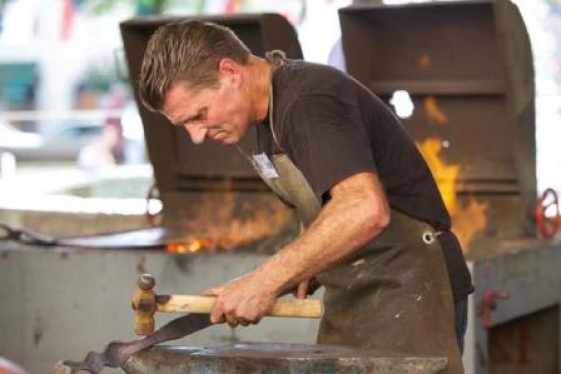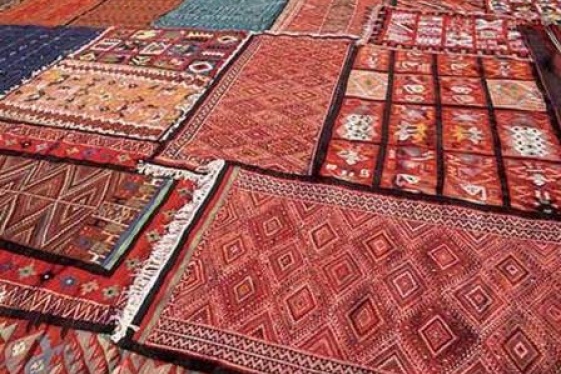Italian handcrafts: The Wrought Iron of Campobasso
WTI Magazine #60 2015 May, 15Author : Unioncamere Translation by: The iron age came after the stone and bronze ages and dates back to 1000 BC. The use of iron spread more slowly, however, because it was only understood much later that the molten mass obtained in the first stone furnaces needed to be heated again to produce the pliabl...
READ MOREItalian handcrafts: The carpets of sardinia
WTI Magazine #58 2015 April, 17Author : Unioncamere Translation by: In the Oristano area, as in many Sardinian towns, the craft of weaving has always been the prerogative of women, at first mostly for domestic purposes and later as a business activity. The first type of production was mainly to provide for girls' dowries and was woven a...
READ MOREItalian handcrafts: Shoemaking in Macerata
WTI Magazine #62 2015 June, 12Author : Unioncamere Translation by: In the summer of 1325, the process for the canonisation of St. Nicholas of Tolentino took place in some towns in the Marche. 371 witnesses from various socila backgrounds were invited to testify in the presence of the papal legates, who were to receive news and testim...
READ MOREItalian handcrafts: The Zampognas of Scapoli
WTI Magazine #57 2015 April, 3Author : Unioncamere Translation by: The origins of bagpipes are lost in the mists of time: in the prehistoric era there is evidence of wind instruments made of pipes with holes and reeds to modulate the sound. The presence of similar flutes spread through the various villages of the Mediterranean area f...
READ MOREItalian handcrafts: The woodwork of Trentino
WTI Magazine #68 2015 September, 18Author : Unioncamere Translation by: For centuries, wood was the raw material that every mountain community relied on to meet the needs of everyday life. In its most traditional forms, woodworking is the most direct response that people were able to find for their everyday needs. Over time, this imm...
READ MORE






